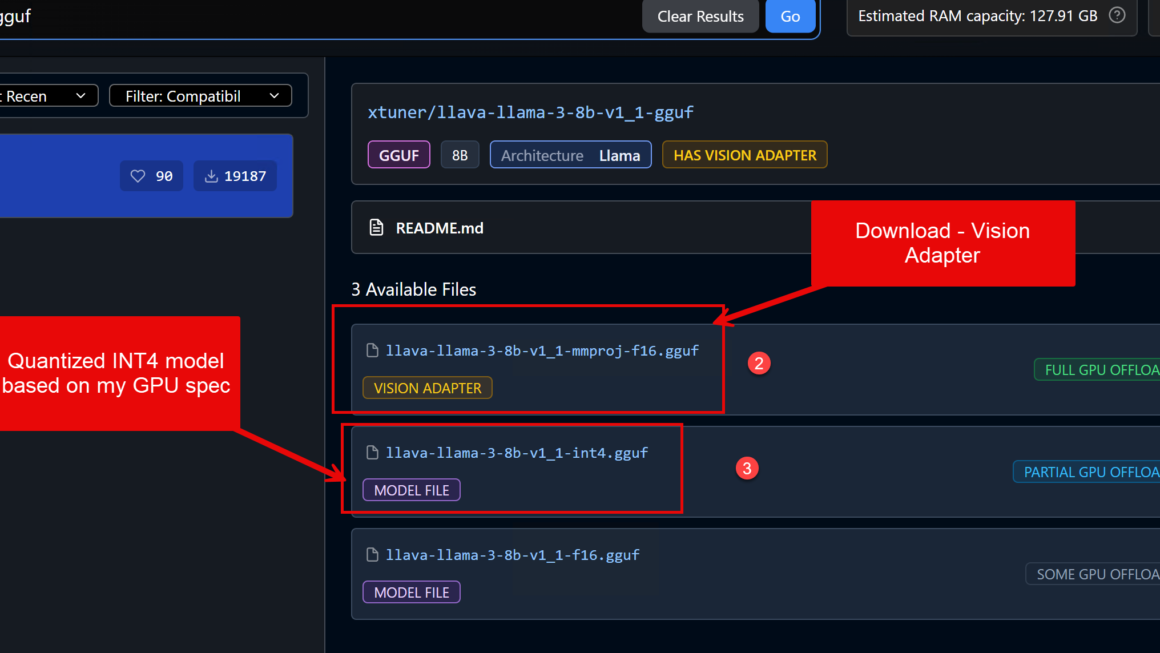Introduction
When you’re dealing with downloading large files via command-line tools, wget is one of the most powerful tools available. It is a versatile utility, particularly beneficial for managing downloads, automation, and handling web requests. Among its many functionalities, one interesting option is the -o flag, which allows you to limit the size of the download. In this article, we will explore how to use wget -o 4.92gb limit effectively to manage downloads without running into system limitations or errors.
Whether you are a developer, system administrator, or a tech enthusiast, mastering wget will improve your ability to download files in bulk, automate the process, and control download parameters like size limitations. This detailed guide will cover the -o option with a file size limit of 4.92GB, along with other useful wget features and tips.
What is wget and Why is it Important?
Understanding wget
wget is a command-line tool that allows users to download files from the web. It is open-source and comes pre-installed in most Linux distributions and can be easily installed on macOS and Windows. This utility supports HTTP, HTTPS, and FTP protocols, making it extremely versatile.
With wget, you can automate downloads, retrieve entire websites, or download files in the background while continuing other tasks on your system. For those working with large files, understanding how to use the various flags like -o can help you limit download sizes, manage bandwidth, and ensure your files are downloaded efficiently.
Importance of wget in File Downloads
While graphical user interfaces (GUIs) can simplify downloads, wget provides several advantages for advanced users. It can handle large files, download recursively, and even resume interrupted downloads. For anyone managing servers, websites, or automating tasks, wget is an indispensable tool.
Exploring the -o Option in wget
What Does the -o Flag Do?
In wget, the -o option is used to specify an output file where the log of the operation is stored. This means that instead of printing the download process to the console, it logs the information to a specified file. This is particularly useful when managing large downloads or running automated scripts where you need to log errors or other information for later review.
For example, if you’re downloading a large file, you might not want to clutter your terminal with download progress. Instead, you can save the output to a file using the -o option.
Using the -o Flag to Set File Size Limits
You can use the -o flag to control how wget behaves in specific scenarios. If you want to limit your download to a file of a specific size, such as 4.92GB, the usage of wget -o might be combined with other commands or options. For instance, setting a limit on how much data wget can fetch in one go will help ensure that you don’t run out of bandwidth or cause the system to crash.
The 4.92GB Limit: Understanding File Size Restrictions
Why Limit File Size in Downloads?
When downloading large files, setting a size limit is essential. Large downloads can consume significant system resources, bandwidth, and even cause the system to become unresponsive if not properly managed. Additionally, file systems have maximum file size limits. For example, some older file systems, such as FAT32, have a 4GB file size limit. If you’re downloading large files, it’s crucial to know the limitations of your system and network.
By specifying a file size limit of 4.92GB, you are ensuring that the file stays within an acceptable range, making it easier to manage, especially on systems with limited resources.
How to Set the 4.92GB Limit with wget
While wget does not have a direct flag for file size limitation, you can manage this by scripting or using conditional statements. Here’s a simple way to approach it:
This command specifies the file you want to download, sets the limit to 4.92GB, and saves the output in download.log.
Practical Examples of Using wget with Limits
Example 1: Limiting Download Speed
If you want to limit the speed of your downloads to 4.92GB, you can do so by using the --limit-rate option in combination with the -o option. This is ideal when you’re downloading over a shared network and want to avoid consuming too much bandwidth.
This command will limit the download speed to 1MB per second.
Example 2: Downloading Multiple Files
If you have multiple files to download and need to set a file size limit for each, you can combine the use of wget in a script that loops through the list of URLs and applies the size limit.
This script downloads each file individually and logs the results in separate log files.
Advanced wget Features for Efficient Downloads
Download Resumption with wget
One of the most beneficial features of wget is its ability to resume interrupted downloads. If your connection is lost or you need to pause and resume a download, you can use the -c (continue) flag.
This will continue the download from where it left off, ensuring you don’t waste bandwidth downloading the same file again.
Downloading in the Background
To run a download in the background while working on other tasks, use the -b option:
This command downloads the file in the background and logs the progress to background_download.log.
Best Practices for Managing Large Downloads with wget
Handling Timeout and Retries
When downloading large files, timeouts or server issues can disrupt your download. Use the --timeout and --tries options to specify how long wget should wait before timing out and how many times it should retry if the download fails.
This command will try to download the file 3 times before giving up, waiting 30 seconds between retries.
Using wget with Proxy Servers
In some cases, you may need to route your downloads through a proxy. The --proxy flag helps you configure this easily.
Troubleshooting wget Errors
Understanding wget Errors
While using wget, you might encounter different types of errors. Here’s a quick guide to some of the common issues:
- Error 403 (Forbidden): This happens when the server restricts access to the file. Check if you need authentication or a special user-agent string.
- Error 404 (Not Found): The file you are trying to download does not exist at the provided URL.
- Error 5xx (Server Errors): These errors usually indicate a problem with the server, not your system. Retry the download after some time.
Resolving wget File Size Limits
If you run into issues where the file exceeds the size limit of your file system (e.g., FAT32), consider using a different file system like NTFS or exFAT, which supports larger file sizes.
Conclusion
In conclusion, wget is a highly powerful tool that allows users to download files from the internet with a variety of customizable options. The -o flag, in particular, is useful for redirecting output to a log file, and when combined with other options like file size limits, you can ensure a smooth and efficient downloading experience.
For anyone looking to handle large file downloads, the wget -o 4.92GB limit feature is just one of many that make wget indispensable. Mastering the use of wget and its various options, such as download speed limitations, resume functionality, and background downloads, will make your file management tasks far more efficient and manageable.
By understanding the practical applications of wget and using it to its full potential, you can automate and streamline your downloading tasks while adhering to system limitations.
FAQs
- What does the
-ooption do in wget?- The
-ooption in wget redirects the output of the command to a log file, rather than printing it to the console.
- The
- How do I limit the download size using wget?
- You can limit the download size by using the
--limit-rateoption combined with-oto control the download speed and file size.
- You can limit the download size by using the
- Can wget resume a download if it gets interrupted?
- Yes, wget supports resuming downloads with the
-coption, which continues the download from where it left off.
- Yes, wget supports resuming downloads with the
- Is wget available on Windows?
- Yes, wget is available for Windows, though it may need to be installed manually or through a package manager like Chocolatey.
- How do I automate downloads using wget?
- You can automate downloads by writing scripts in bash or batch files, using wget commands to download multiple files or schedule tasks.
- What file size limits should I consider when using wget?
- Ensure your file system supports large file sizes. FAT32 has a 4GB limit, while NTFS or exFAT can handle much larger files.




